
Support Hub for Anatomy Research in Education (SHARE)
The SHARE research group is dedicated to the creation, development, and dissemination of novel and effective teaching and learning initiatives in Anatomy Education.
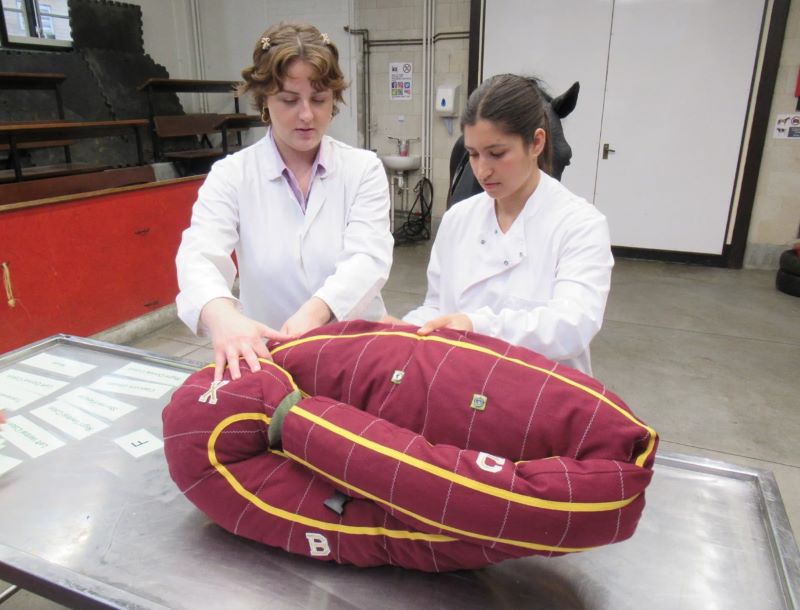
Challenge
In today's educational landscape, the growing availability of new technologies and teaching methods, while helpful, can overwhelm students and anatomy educators. Traditional approaches, including lectures and textbooks, no longer fully meet the diverse needs of modern learners. Research initiatives dedicated to Anatomy Education play a crucial role in developing innovative, evidence-based strategies that engage students in more effective and meaningful ways.
Veterinary Anatomy Education presents unique challenges due to the complexity of anatomical structures across multiple species. To be clinically and surgically successful, veterinary surgeons must be confident in applying anatomical concepts to a range of species. This diversity increases the cognitive load on students, as they must not only learn about anatomical structures but also understand their functional significance in various species.
From an evidence-based approach, students have different learning preferences, and a one-size-fits-all approach can be limiting. Some students thrive with online and visual tools, while others prefer interactive activities or self-paced online resources.
The Support Hub for Anatomy Research in Education is dedicated to addressing the challenges faced in veterinary anatomy education by developing pedagogical projects that promote more effective, inclusive, and adaptable learning experiences. By exploring and implementing new teaching strategies, the group aims to enhance Anatomy Education, supporting both academic success and clinical practice in veterinary medicine.
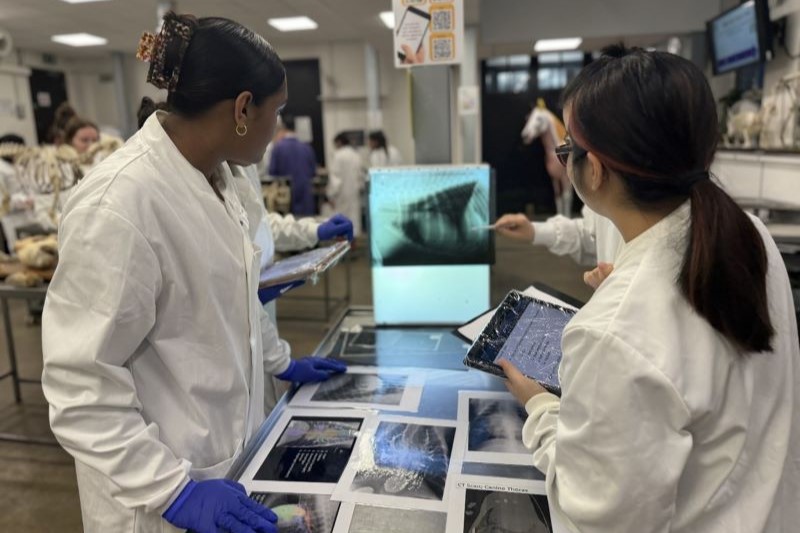
Solution
The Anatomy Team and the SHARE Group at the RVC have made significant contributions to the way veterinary anatomy is taught, transforming traditional educational practices into a more dynamic and inclusive approach. At the RVC, students' experiences in learning anatomy were improved by incorporating elements of digital learning, collaborative learning, and peer-to-peer teaching, while still retaining the essential face-to-face interaction during dissections and practicals.
Through its research projects, the SHARE Group has demonstrated that collaborative approaches integrated into a blended curriculum improve veterinary anatomy learning (Previdelli et al., 2023). The combination of digital tools with traditional methods has proven to be particularly effective in meeting diverse learning needs.
Anatomy Education at the RVC has gone beyond the digital realms of online learning to provide a more enriching learning experience to students. The SHARE Group develops and researches innovative pedagogical methodologies that incorporate a variety of physical materials to support different learning styles. These include low-fidelity models for basic understanding, as well as more advanced, precise anatomical models and 3D printed structures for detailed, interactive learning.
Equity, diversity, and inclusion are very important principles at the RVC, thus, the SHARE Group also develops projects focused on inclusive teaching practices, exploring how diverse approaches can benefit students with varying learning needs. By developing strategies that cater to all types of learners, the SHARE Group thrives to ensure that every student has equal opportunities to succeed in understanding and learning about veterinary anatomy.
From a sustainability point of view, the SHARE Group promotes pedagogical approaches that not only reduce the environmental footprint of using physical anatomical specimens but also ensures that the practice aligns with modern ethical standards. By embracing sustainable alternatives, the SHARE Group aims to provide high-quality learning experiences within Anatomy Education, while minimizing its impact on the environment.
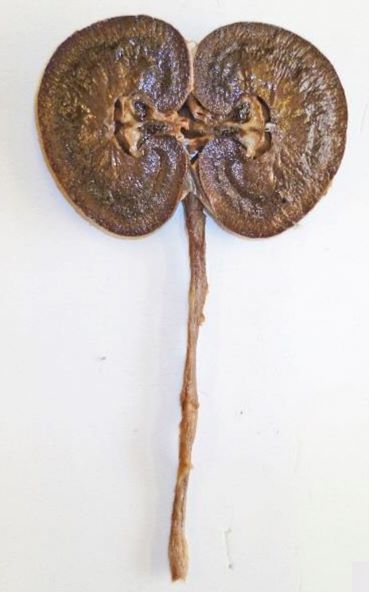
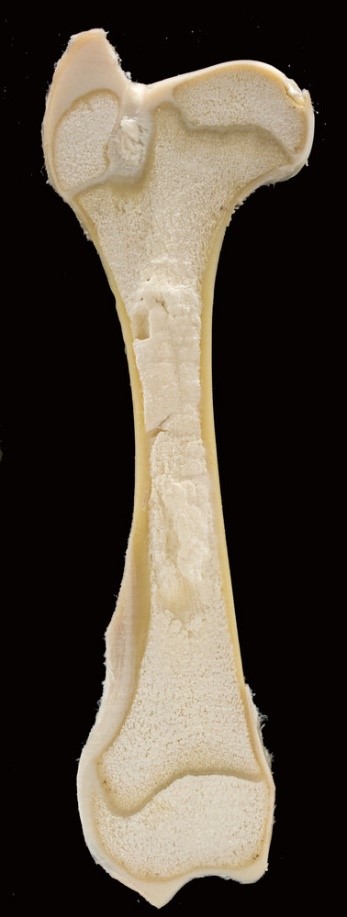
Impact
Enhancing student learning experience: the development of a diverse range of anatomical resources not only cover the anatomy of domestic species but also include those of exotic species offered unique and comprehensive understanding of animal anatomy.
Extra Mural Studies in Anatomy Education: the SHARE’s research initiatives have given 4th and 5th-year BVM students the opportunity to join the Anatomy Education Team as EMS students. This opportunity allows them to gain valuable teaching experience, deepening their understanding of anatomy from a teacher’s perspective.
Blended Learning Curriculum: the incorporation of anatomical digital resources into a blended curriculum has further enriched the student experience at the RVC. These resources are continuously adapted based on student feedback, ensuring that learning materials are relevant and effective.
Promoting Inclusivity: SHARE has embraced inclusive teaching by incorporating name badges and respecting students' pronouns during laboratory practical sessions, fostering a supportive, respectful, and welcoming learning environment for all. SHARE has also developed initiatives, such as adaptations in the dissection room and the creation of special sessions, making these as inclusive as possible for neurodiversity, promoting equal opportunities for everyone to learn anatomy.
Prestigious recognitions:
In 2021, the SHARE team received the Anatomical Society Education Innovation Award for the project "The Canine Wiki Abdomen Dissection," a pioneering initiative that has significantly enhanced the student experience through collaborative, creative and impactful educational approaches.
In 2022, SHARE received the Roger Mills Prize for their project "Dissection at Distance: Interactive Live-Streaming of Practical Anatomy via MS Teams." from the University of London and the Centre for Distance Education. This project highlighted SHARE’s resourcefulness and success in using digital tools to engage students and revolutionize the way anatomy is taught, even in remote settings.
Partners



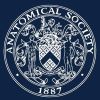

Publications
|
Title |
Link to publication/doi |
Date of paper being published/embargo information |
|
Supporting collaborative dissection through the development of an online wiki positively impacts the learning of veterinary anatomy |
09 August 2023 |
|
|
Development of an Interactive and Durable Equine Alimentary Model for use in Integrated and Applied Anatomy Teaching Sessions at the Royal Veterinary College |
|
VetEd Conference 2024 |
|
Build-o-mentum and Build-o-colon: exploring the bovine and equine gastrointestinal tracts through balloon modelling |
|
VetEd Conference 2024 |
|
The Vet as Teacher: Student experiences undertaking an Anatomy Peer Teaching Extra Mural Studies Placement |
|
VetEd Conference 2024 |
|
Students’ Perspectives on the Use of Innovative Computer-aided Learning Tools in Veterinary Anatomy Education |
|
VetEd Conference 2024 |
|
The impact of transgender identity in the construction of a veterinary professional identity |
|
VetEd Conference 2024/ VetRecord |
|
Using Conversation and Collaboration to Tackle Environmental Sustainability Challenges in Anatomy Teaching |
|
Early Career Anatomists Conference 2023 |
|
Use of Innovative Computer-Aided Learning Tools in Veterinary Anatomy Education |
|
Early Career Anatomists Conference 2023 |
